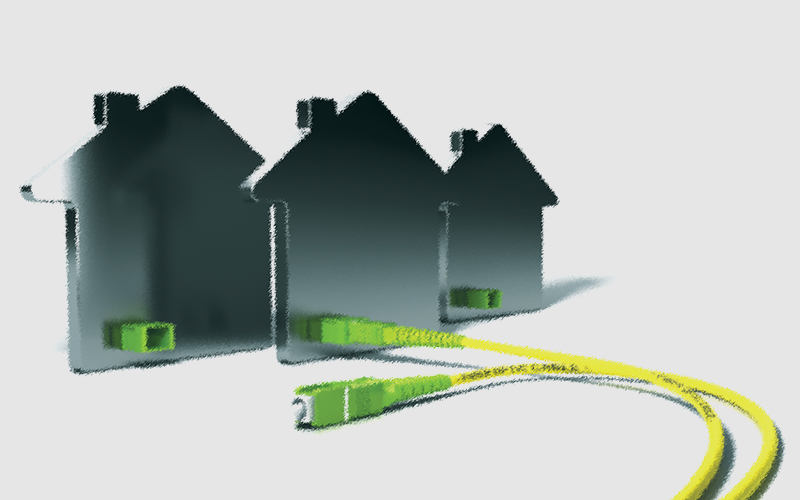Well, PHY-nally!
By The Phantom
Looks as if a project the industry has been working on for at least eight years, maybe longer, is coming to fruition. That is the idea commonly called remote PHY. The technique moves the RF parts of the CMTS out to the node, using the fiber connecting the node for all-digital transmission. There are certainly advantages to this approach, though being a first-class worry-wart, we worry that there may be those pesky “gotchas” that slow things down. Oh, don’t get me wrong: I think it’s a great idea and appropriate for the industry to work on, but a change this massive may have some unintended consequences (I borrowed that term from its primary meaning, Congress). It may be up to us techies to contain other people’s enthusiasm. But we’re used to that role.
You know some definitions of “engineer”: “An expert who will know tomorrow why what he predicted yesterday didn’t happen today.” “Someone who does precision computations based on the misreported results of ill-conceived tests producing unreliable data taken by individuals of questionable mentality using instruments of problematic accuracy, all for the purpose of irritating and annoying a hopelessly chimerical bunch of people collectively known as the corporate staff.” (I wish I could remember the original version of that last one — it was even longer.) But I digress, rather badly.
Yeah, it is true that we are going to get more use out of our precious fiber this way, and tied into the move to remote PHY seems to be pushing fiber deeper — we heard lots of talk about node + 0 at SCTE (uh, excuse me, SCTE•ISBE — the abbreviations got away from me long ago). We’ll maybe save some space in our hubs and we’ll certainly save some cabling there. But we’ll be moving more of our active technology into the field, where it is harder to reliably power, the temperature swings are bigger, and where it is harder to access if we need to make a physical repair (let’s hope the hardware is super-reliable and we can make most repairs sitting at a computer terminal). That’s one big place where methinks fiber-to-the-home has HFC beat: no active devices of any kind in the field. Admittedly FTTH may be even more expensive in existing service areas than remote PHY, what with having to replace 100% of drops. But what could be more reliable in the second-most unhospitable part of our plant than a tough piece of glass cable? (Oh, the most unhospitable part of our plant? Subscribers’ homes, of course.)
As for net power savings, well, that may be problematical. One of the tough nuts to crack has been heat at the node. There are two ways you can handle excess heat at the node: You can improve removal of the heat, but that’s hard. Or you can generate less heat by reducing power consumption, but that’s hard. With the technology we’ve developed to generate less heat to do the same job, we could have also generated less heat in the hub. Some of us stood around the aisles at the show doing back-of-the-envelope computations of power consumption (who but cable geeks would do that?), concluding that power savings were kind of tenuous, though we did move power around a little bit.
And yeah, I think it will make things more efficient as we deploy DOCSIS 3.1 and as we scramble to satisfy changing preferences in video viewing. That’s what has made the cable industry grow from telecommunications laughing stock to an accepted part of the infrastructure in the last three or four decades: our willingness to find and deploy technology with ever-increasing ability to cost-effectively serve our subscribers’ needs.
 The Phantom
The Phantom
the.phantom@youwontfindmeanywhere.com
You never know when The Phantom is standing right beside you. Sometimes he is in a meeting with you or walking the floor at your favorite cable show. Sometimes he’s hanging with the suits and other times with the front liners. But be assured, The Phantom sees all, The Phantom knows all and, most importantly, The Phantom tells all.
Image: Shutterstock




